Studying multiplication after counting, addition, as well as subtraction is ideal. Young children understand arithmetic via a normal progression. This advancement of studying arithmetic is often the pursuing: counting, addition, subtraction, multiplication, lastly section. This assertion results in the concern why find out arithmetic within this series? Most importantly, why find out multiplication soon after counting, addition, and subtraction just before division?
The next information respond to these queries:
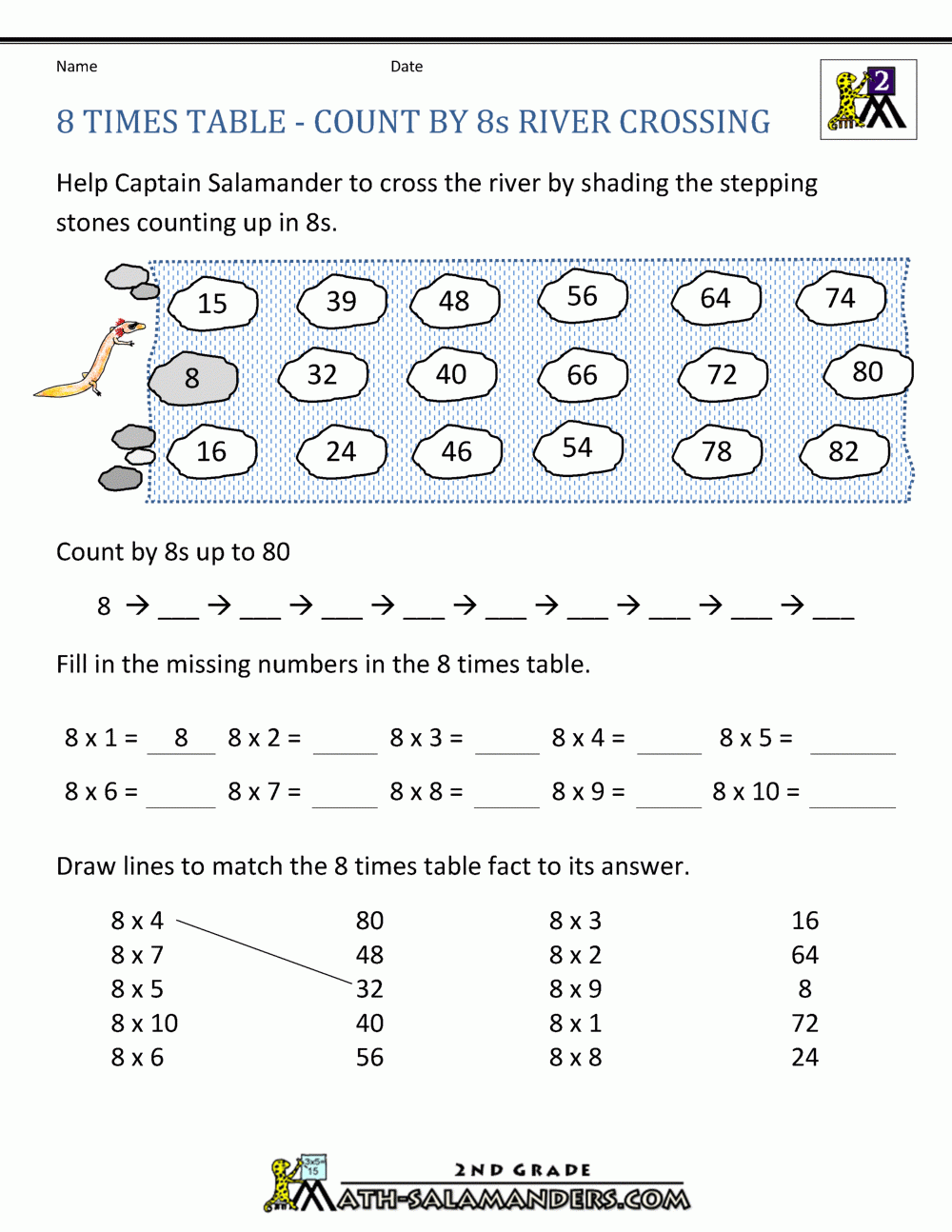
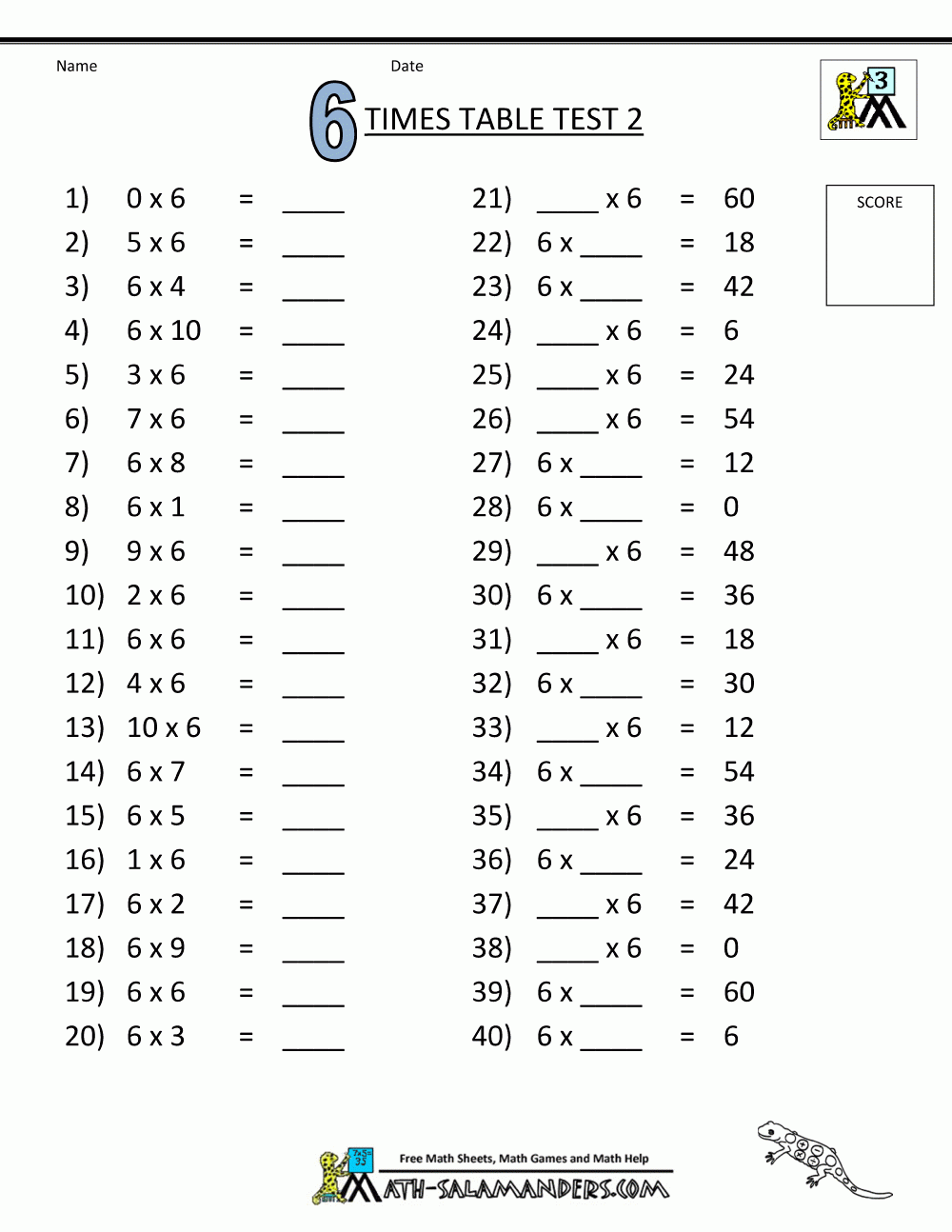
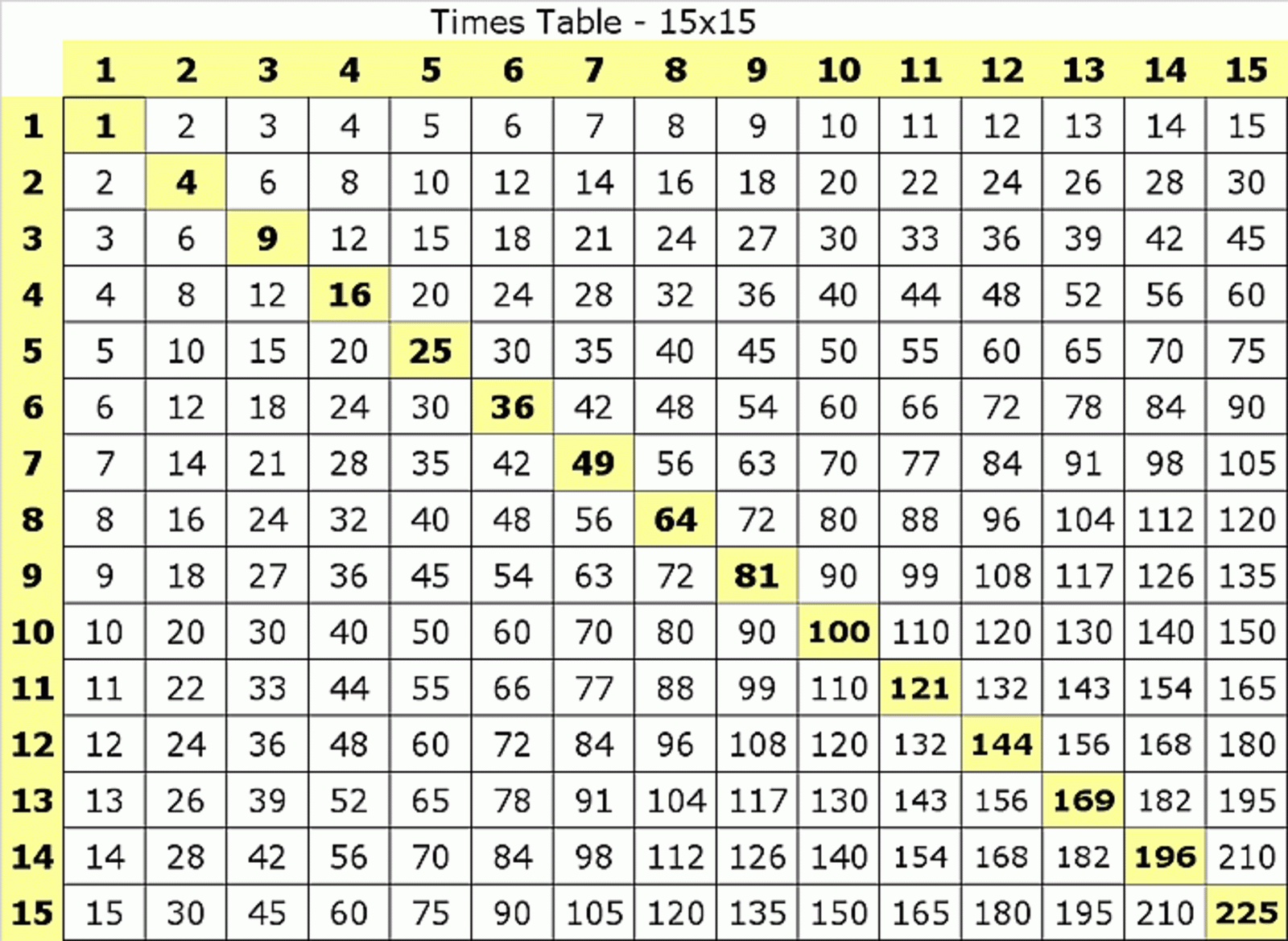
- Youngsters find out counting initial by associating aesthetic things with their hands. A concrete instance: The amount of apples exist from the basket? Far more abstract case in point is just how outdated are you currently?
- From counting numbers, the following plausible step is addition then subtraction. Addition and subtraction tables can be very useful instructing helps for the kids as they are visible tools generating the changeover from counting much easier.
- Which will be learned after that, multiplication or section? Multiplication is shorthand for addition. At this moment, children have a company understanding of addition. As a result, multiplication is the following logical type of arithmetic to discover.
Review basic principles of multiplication. Also, look at the basic principles how to use a multiplication table.
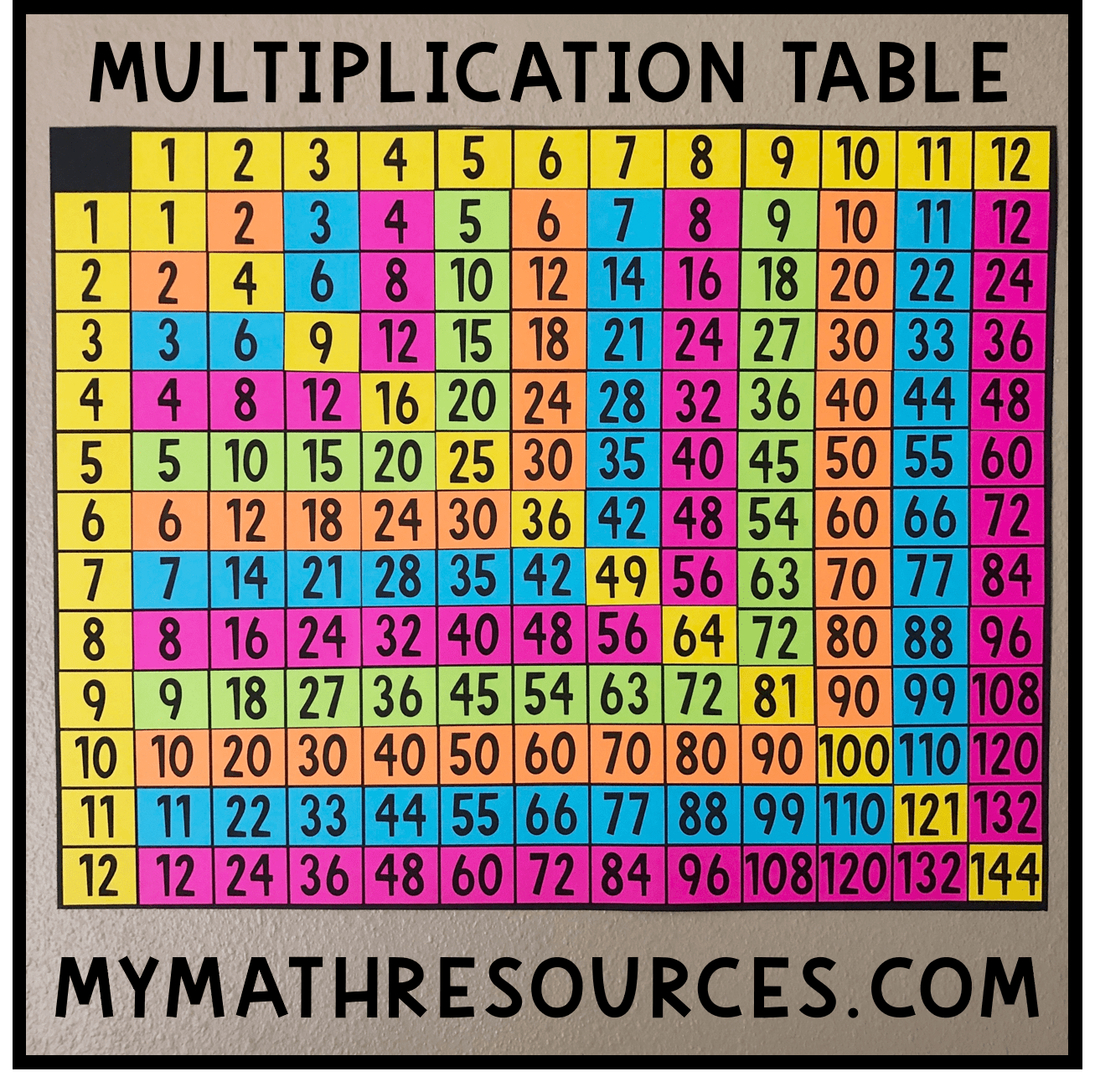
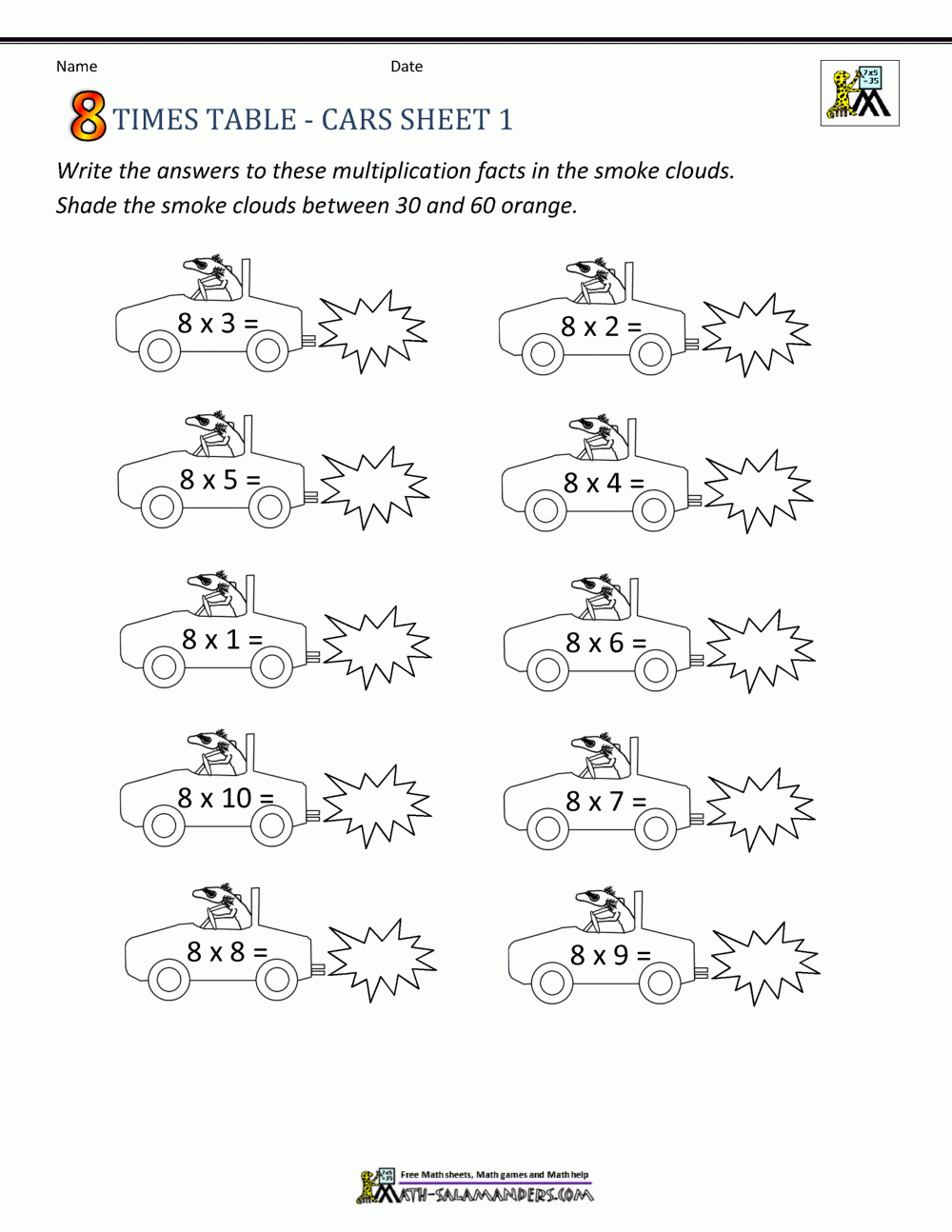
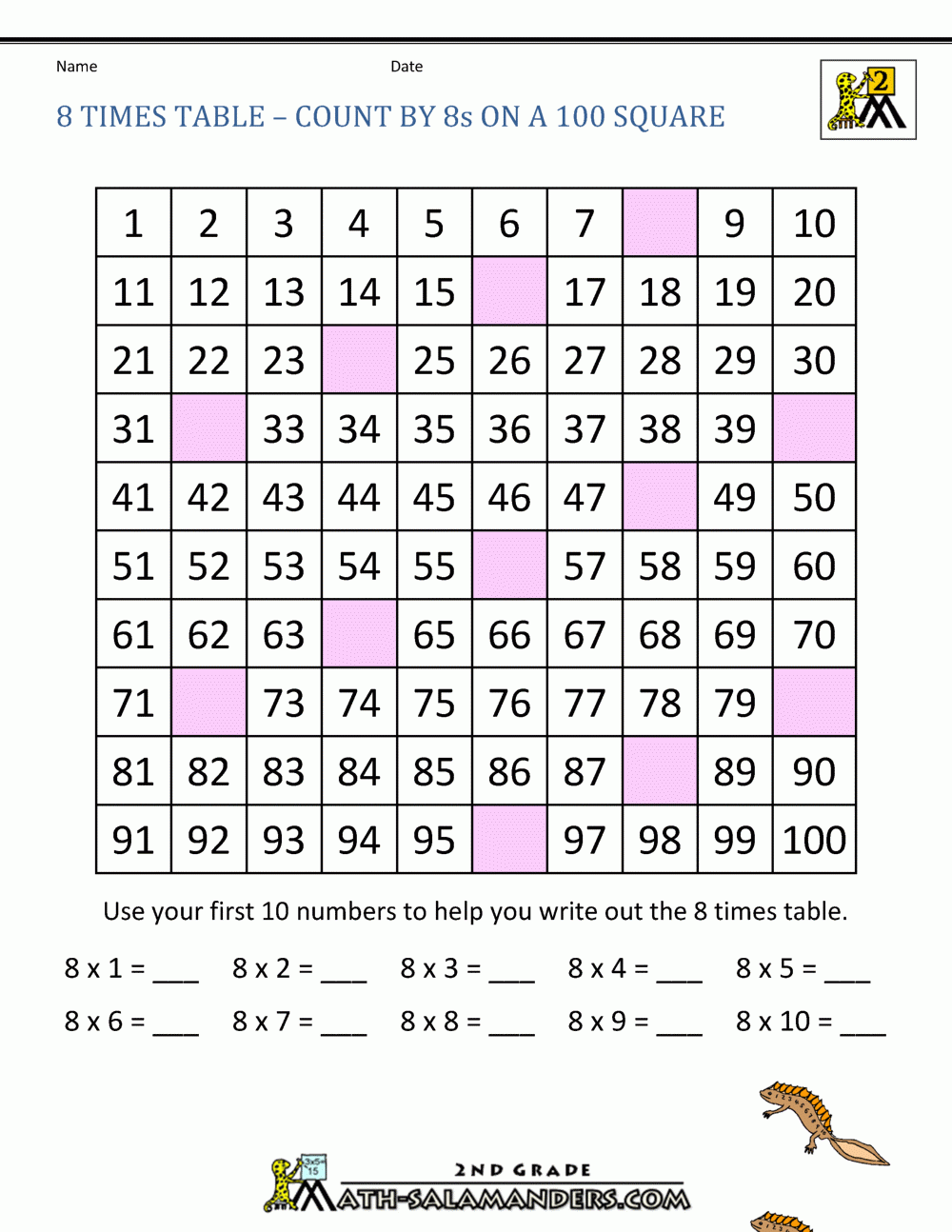
Let us review a multiplication illustration. Employing a Multiplication Table, increase a number of times a few and obtain a solution a dozen: 4 by 3 = 12. The intersection of row three and column several of any Multiplication Table is a dozen; twelve is definitely the response. For youngsters beginning to understand multiplication, this is certainly straightforward. They could use addition to resolve the situation hence affirming that multiplication is shorthand for addition. Case in point: 4 by 3 = 4 4 4 = 12. It is an exceptional overview of the Multiplication Table. An added reward, the Multiplication Table is visible and demonstrates straight back to studying addition.
Where do we start understanding multiplication making use of the Multiplication Table?
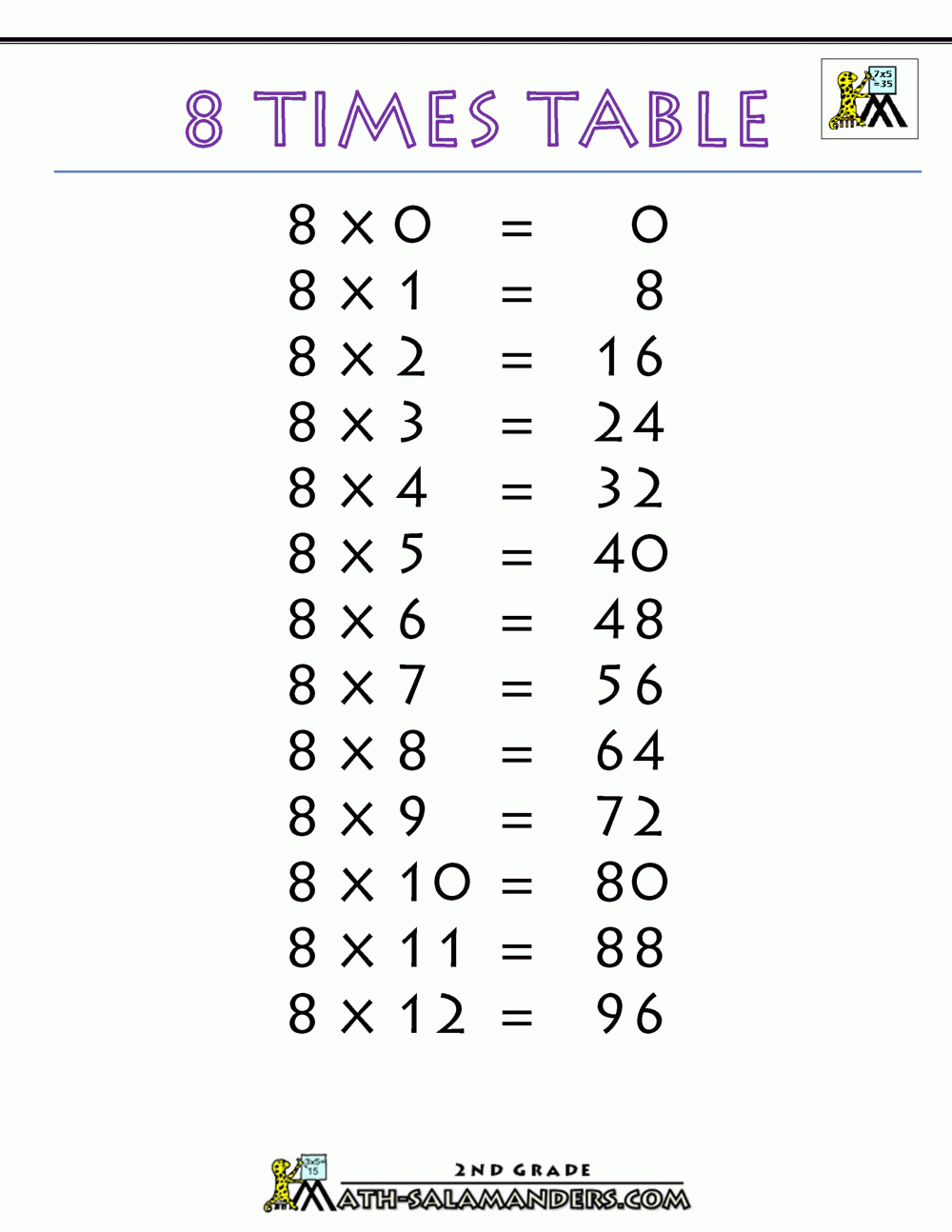
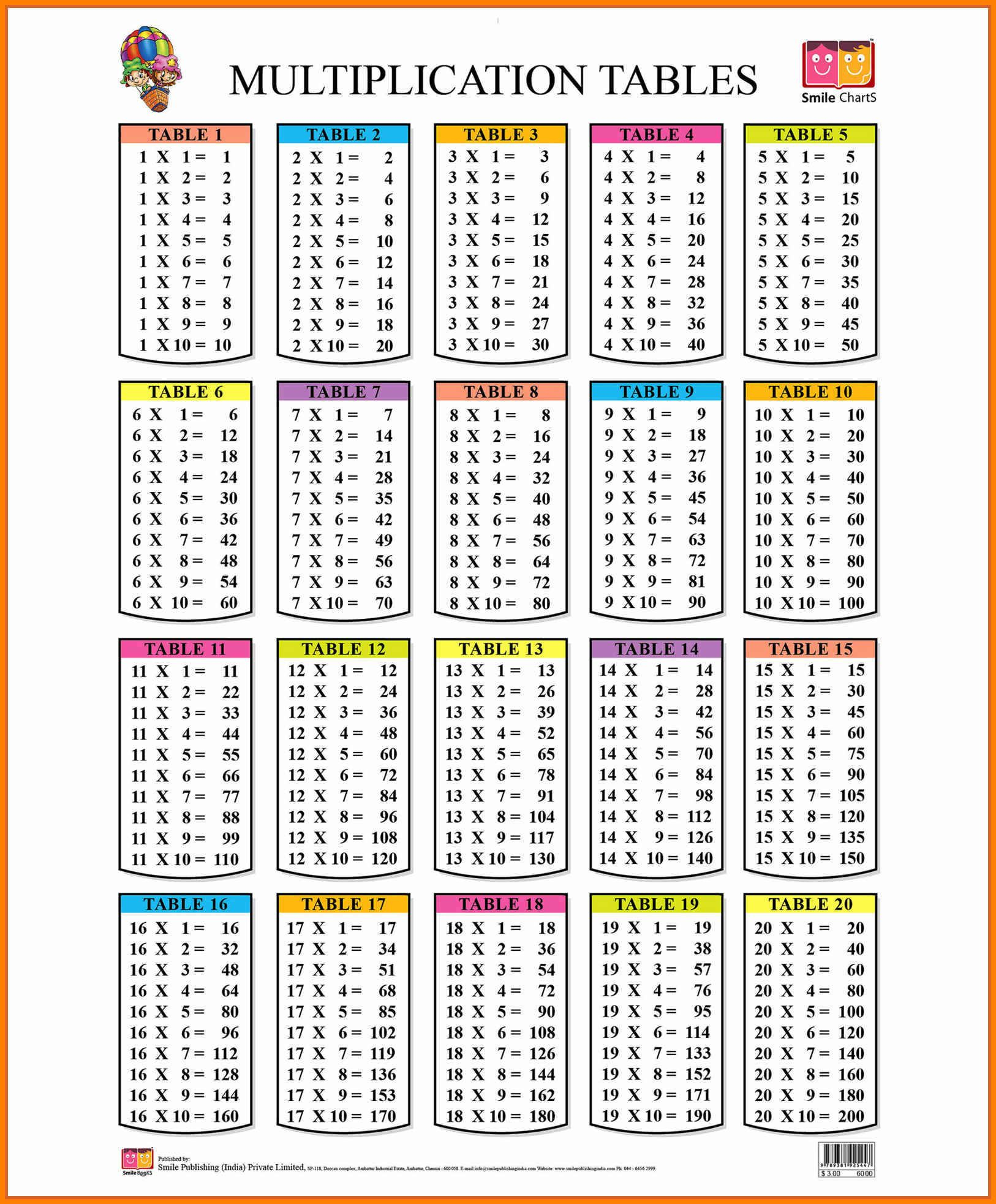
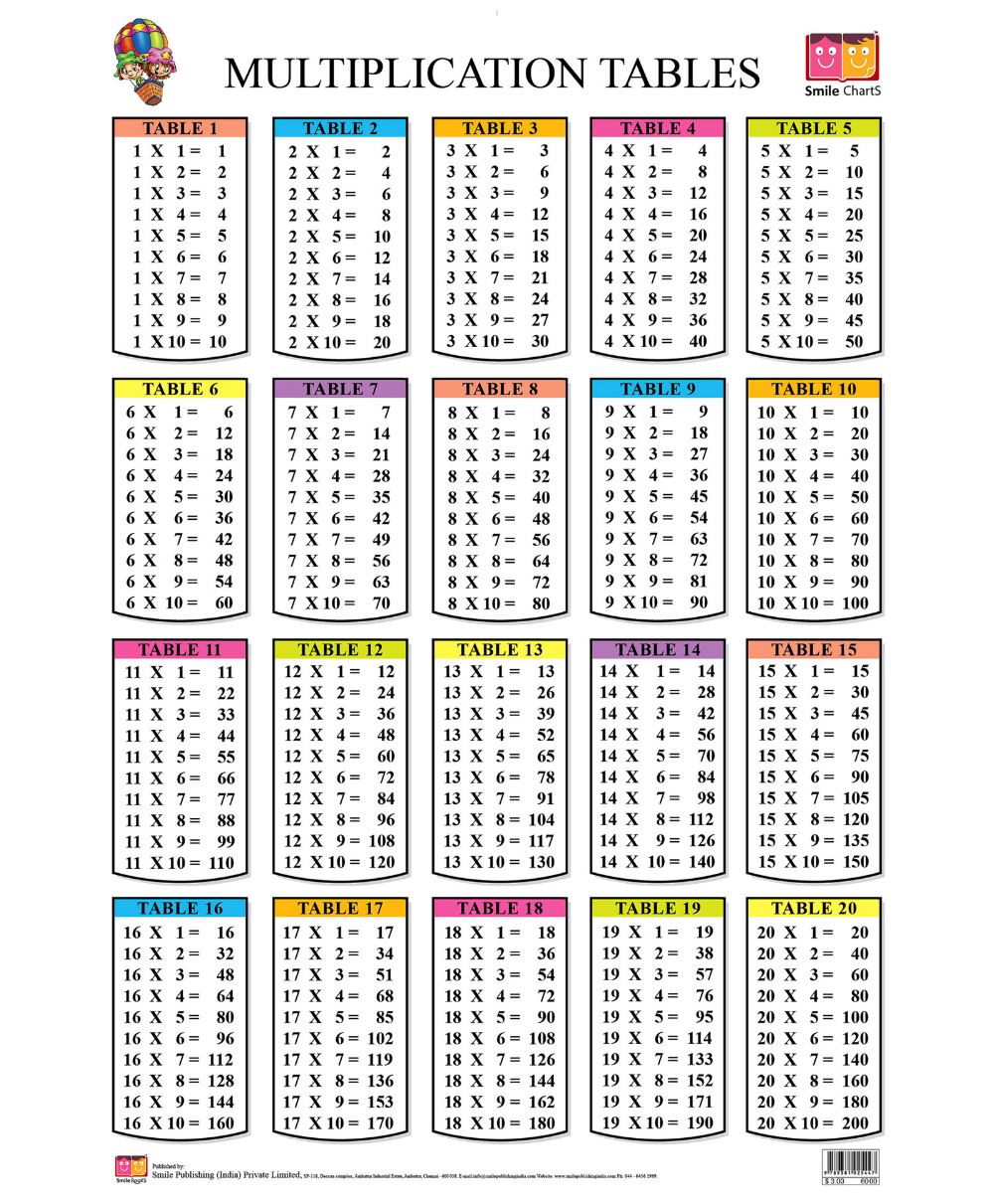
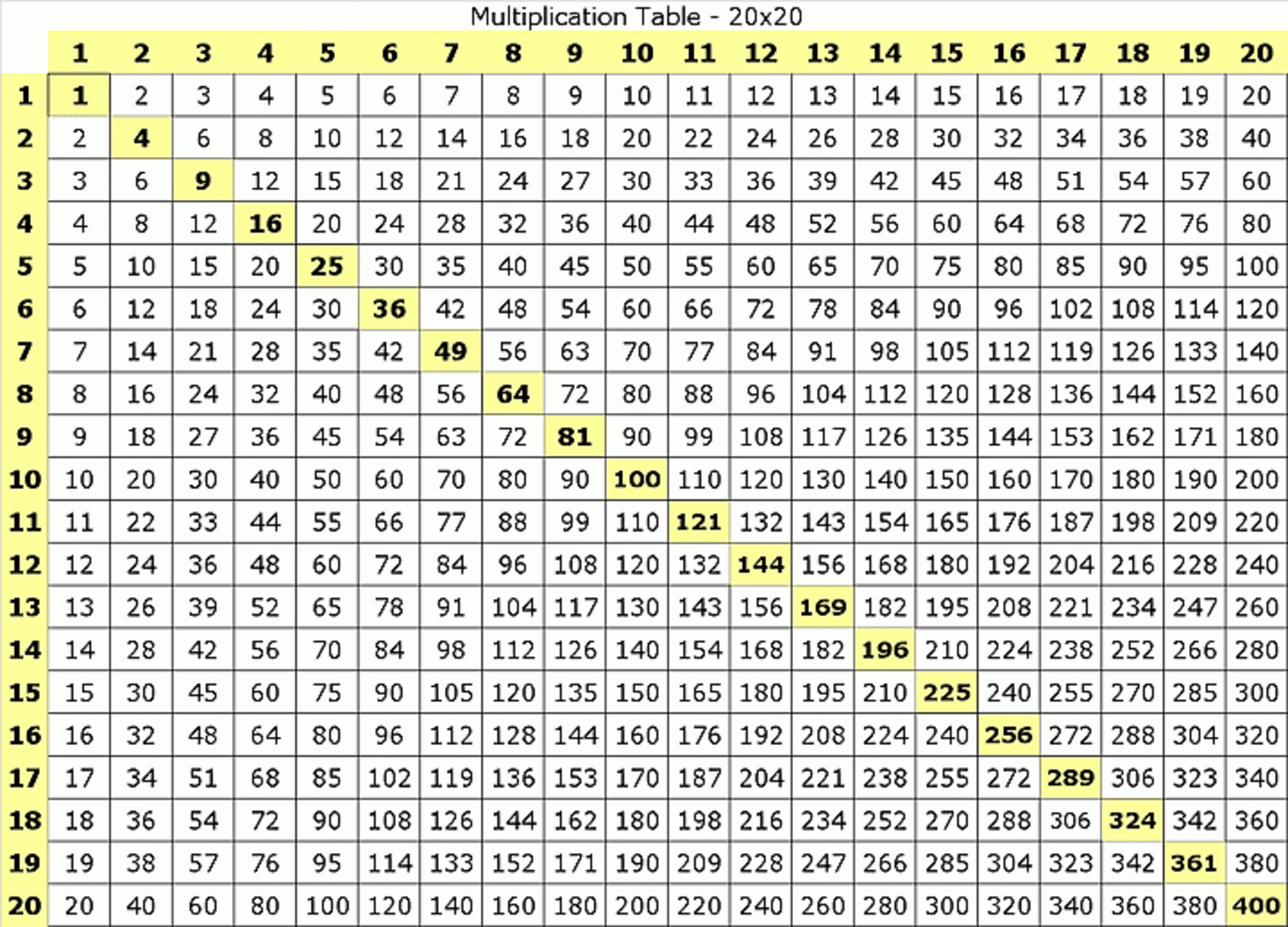
- First, get acquainted with the table.
- Start with multiplying by one particular. Commence at row # 1. Go on to line primary. The intersection of row one and column the initial one is the answer: one particular.
- Replicate these techniques for multiplying by 1. Grow row one particular by posts 1 by means of 12. The answers are 1, 2, 3, 4, 5, 6, 7, 8, 9, 10, 11, and 12 respectively.
- Replicate these methods for multiplying by two. Increase row two by columns one via 5. The answers are 2, 4, 6, 8, and 10 correspondingly.
- Let us leap forward. Recurring these techniques for multiplying by several. Grow row 5 by posts one particular via twelve. The responses are 5, 10, 15, 20, 25, 30, 35, 40, 45, 50, 55, and 60 respectively.
- Now let us raise the degree of difficulty. Perform repeatedly these methods for multiplying by a few. Increase row 3 by posts one by way of twelve. The answers are 3, 6, 9, 12, 15, 18, 21, 24, 27, 30, 33, and 36 respectively.
- In case you are confident with multiplication so far, use a examination. Solve the next multiplication difficulties in your mind after which assess your responses to the Multiplication Table: multiply 6 as well as 2, flourish nine and 3, multiply one and eleven, flourish four and several, and grow six and 2. The issue responses are 12, 27, 11, 16, and 14 correspondingly.
If you acquired several out from several difficulties appropriate, make your own multiplication checks. Calculate the solutions in your mind, and appearance them using the Multiplication Table.